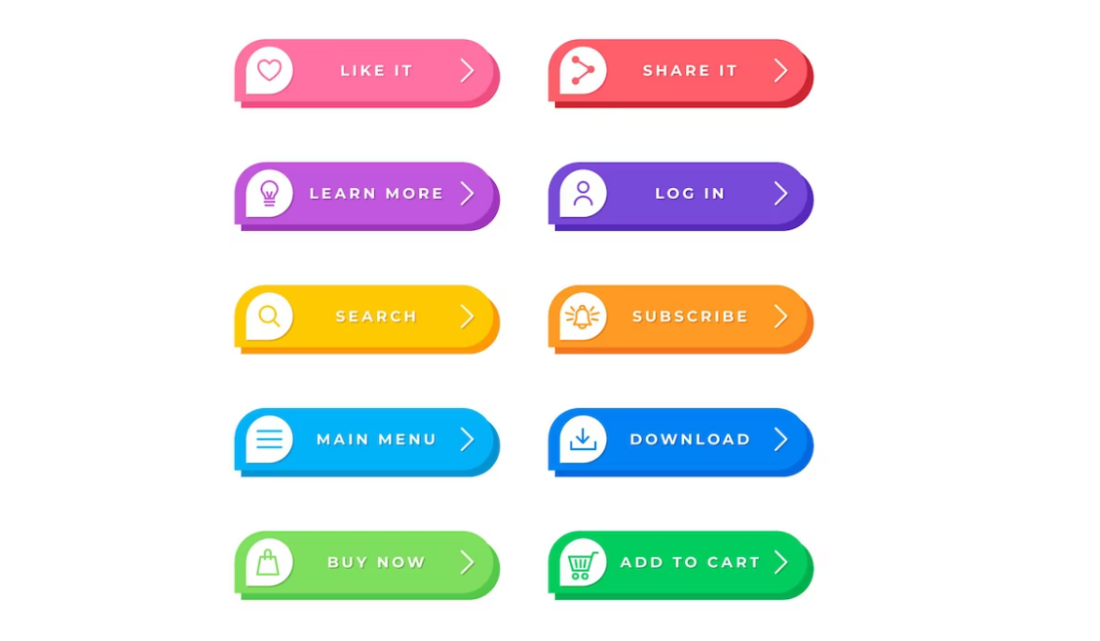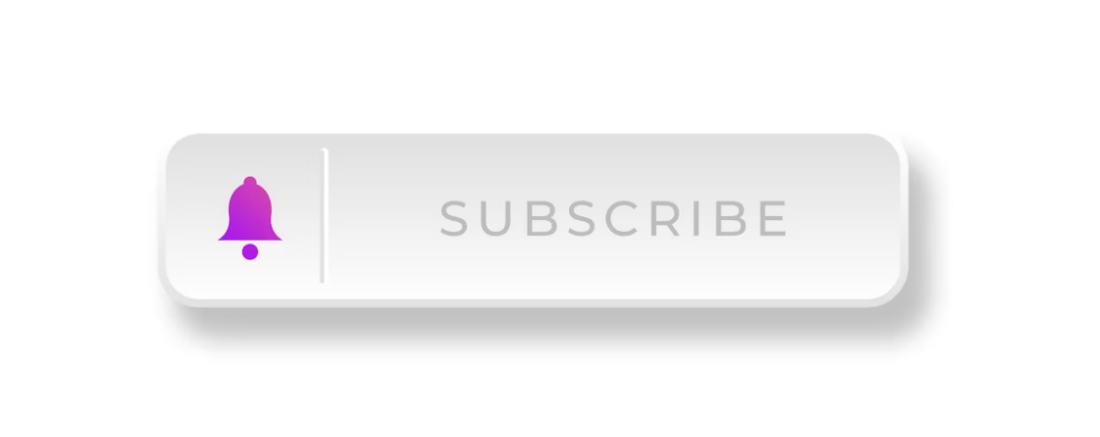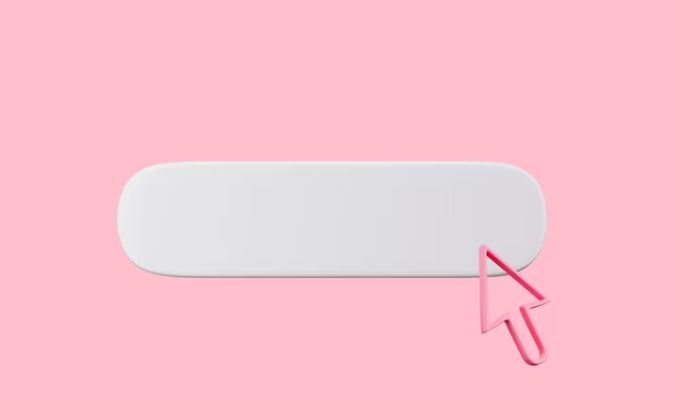Buttons are fundamental elements of web design, serving as interactive components that facilitate user engagement. In HTML and CSS, you have the flexibility to design three distinct button types based on their intended purposes. These include Link buttons, Form buttons, and Javascript buttons. In this tutorial, we will walk you through the process of creating a simple yet stylish button using HTML and CSS. Whether you’re a beginner or looking to refresh your skills, this step-by-step guide will help you design buttons that not only look good but also function seamlessly on your website.
1. Crafting a Basic Link-Like Button
From time to time, there arises a need for a button that mimics the functionality of a hyperlink, proving particularly valuable for directing users to various sections of your website.
- To craft such a button, you commence by setting up an HTML link, laying the foundation for a seamless and intuitive user experience.
<a href="https://freecodecamp.org">Learn Coding for Free</a>- Next, apply styling to the link to give it the appearance of a button.
a {
background-color: #a61e4d;
color: #eee;
padding: 15px 25px;
text-decoration: none;
}
a: hover {
background-color: #d6336c;
}2. Crafting a Basic Form Button

Forms serve as the backbone for collecting essential data from your website’s visitors, facilitating a dynamic and interactive online experience. By introducing a button within these forms, you bestow upon your users the capability to effortlessly submit valuable information directly into your website’s database. This strategic integration of a button empowers users to take action, enhancing user engagement and streamlining the data submission process. When it comes to crafting this form button, you hold the flexibility to choose between two versatile options: employing the “input” element with the “type” attribute set to “button” for customized control, or opting for “submit” for a more standardized approach. This choice allows you to tailor the form’s functionality to suit the specific needs and design preferences of your website.
Creating a Button with the “input” Element
HTML Code
<input type="button" value="Sample Button" />CSS
input[type="button"] {
background-color: #a61e4d;
color: #eee;
padding: 15px 25px;
border: none;
}
input[type="button"]:hover {
background-color: #d6336c;
}Utilizing the “input” Element with the “Submit” Type
HTML Code
<input type="submit" value="Another Button" />CSS Code
input[type="submit"] {
background-color: #a61e4d;
color: #eee;
padding: 15px 25px;
border: none;
}
input[type="submit"]:hover {
background-color: #d6336c;
}You can enhance the button’s visual appeal by applying some styling.
3. Designing a Basic JavaScript Button

In the realm of web development, the versatility of buttons extends beyond the conventional. There are instances where you require a button to execute intricate tasks, such as orchestrating the seamless expansion or contraction of a navigation menu to optimize screen real estate.
- It may serve as the catalyst for progressing to the next item within a dynamic slider, creating a captivating and interactive browsing experience;
- Buttons can play a pivotal role in facilitating smooth transitions between different tabs, allowing users to effortlessly explore various facets of your website’s content.
These are just a few examples of the multifaceted functions that a JavaScript button can perform, elevating the level of interactivity and user engagement on your website. By mastering the art of crafting these JavaScript-driven buttons, you unlock the potential to create a web environment that not only informs but also captivates and empowers users.
HTML Code
<button type="button" id="toggler">Light Button</button>CSS Code
button {
background-color: #a61e4d;
color: #eee;
padding: 15px 25px;
border: none;
}
button:hover {
background-color: #d6336c;
}Conclusion
Buttons are the cornerstone of web design, serving as pivotal interactive elements that enhance user engagement. In this comprehensive HTML & CSS tutorial, we’ve explored the creation of three essential button types: Link buttons, Form buttons, and JavaScript buttons. Whether you’re a novice or seeking to refine your skills, this step-by-step guide empowers you to design not only visually appealing buttons but also functional ones that seamlessly elevate user interaction on your website. From crafting link-like buttons for navigation to incorporating form buttons for data submission and designing JavaScript buttons for dynamic actions, you now have the tools to create a more engaging online experience for your audience.

